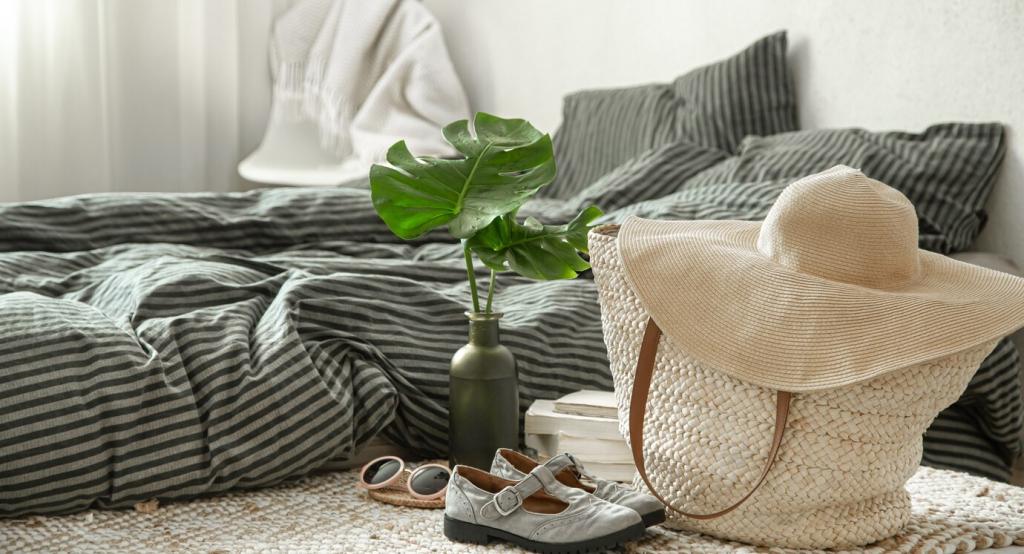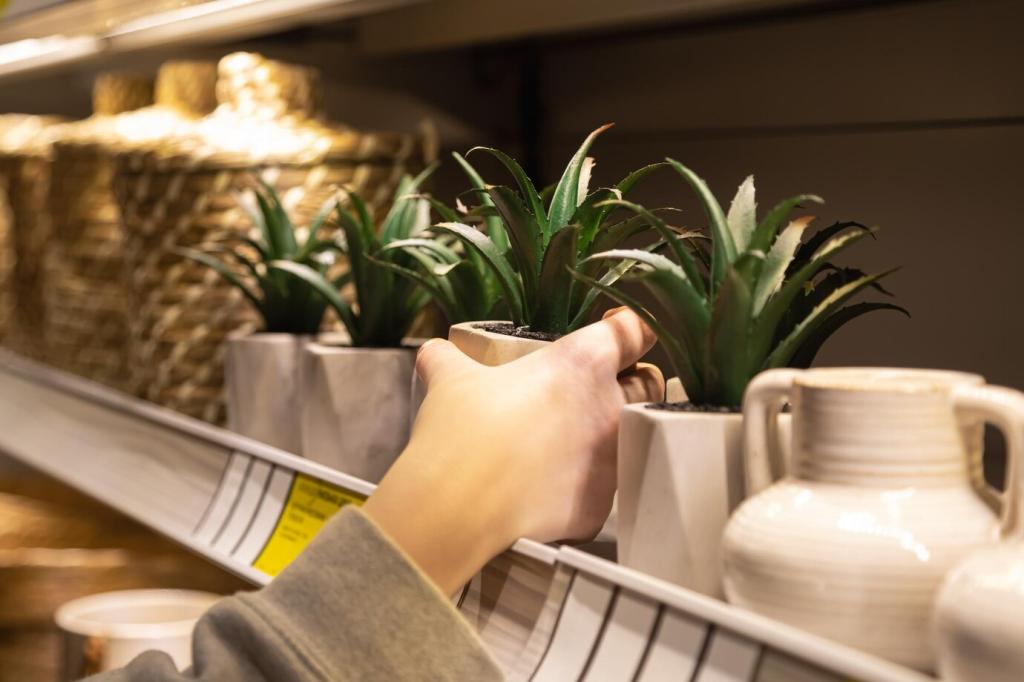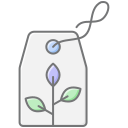Environmentally Conscious Fabric Choices
Chosen theme: Environmentally Conscious Fabric Choices. Step into a wardrobe that celebrates the planet—discover practical ways to pick fabrics that honor ecosystems, protect workers, and help your clothes feel as good as they look.

What Makes a Fabric Environmentally Conscious?
Every fabric begins with a resource story. Organic cotton reduces pesticide pressure, linen thrives with minimal irrigation, and hemp grows fast without heavy inputs. Ask brands which farms or regions supply their fibers.

Decoding Certifications Without the Jargon
GOTS: From Farm to Finished Fabric
The Global Organic Textile Standard covers organic fibers plus social and environmental processing rules. It limits toxic inputs and audits factories. Look for scope and certificate numbers, then subscribe for our quick-reference certification checklist.
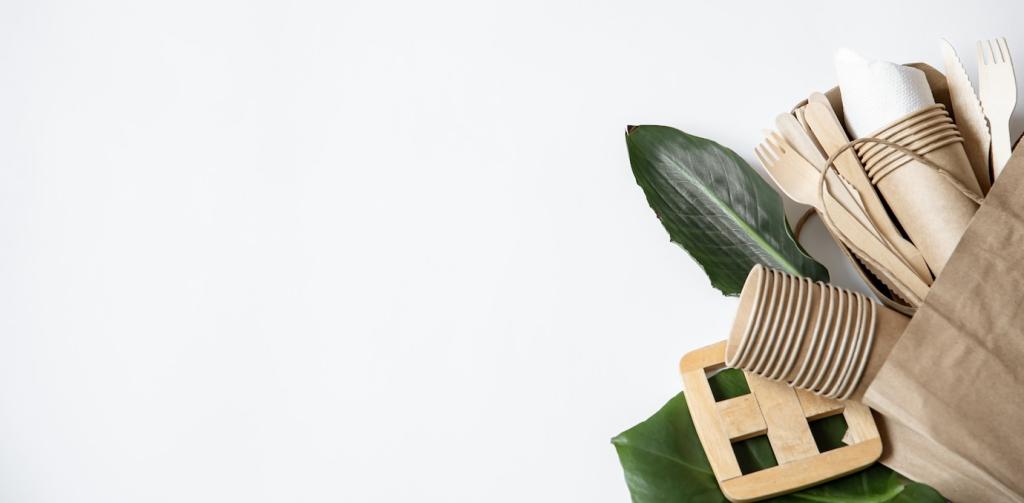

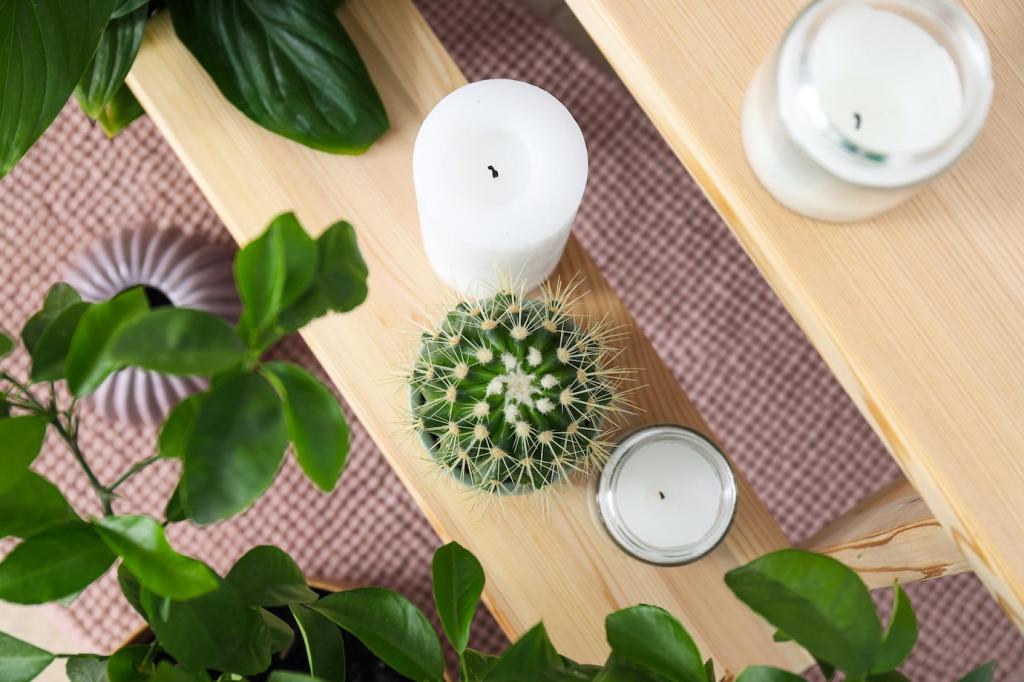
Natural Fibers vs. Man-Made Cellulosics
Organic cotton avoids synthetic pesticides and genetically modified seeds, yet water use still varies by region and practice. Favor rain-fed sources, credible certification, and heavier, longer-staple yarns that last longer in wear.
Natural Fibers vs. Man-Made Cellulosics
Linen and hemp thrive with modest irrigation and fewer chemical inputs. They soften beautifully over time and resist odors. Choose mechanically processed hemp when possible, and share your favorite linen brands with our community.
Recycled and Synthetic Choices, Done Responsibly
Recycled polyester reduces virgin oil demand and leverages existing plastic streams. Still, it sheds microfibers. Opt for tighter knits, wash in microfiber-catching bags or filters, and reserve synthetics for performance needs only.
Recycled and Synthetic Choices, Done Responsibly
Most fiber shedding happens in your washing machine. Use filters, shorter cycles, and colder water. Line-drying and liquid detergents help too. Share your filter setup or favorite laundry routine with fellow readers.
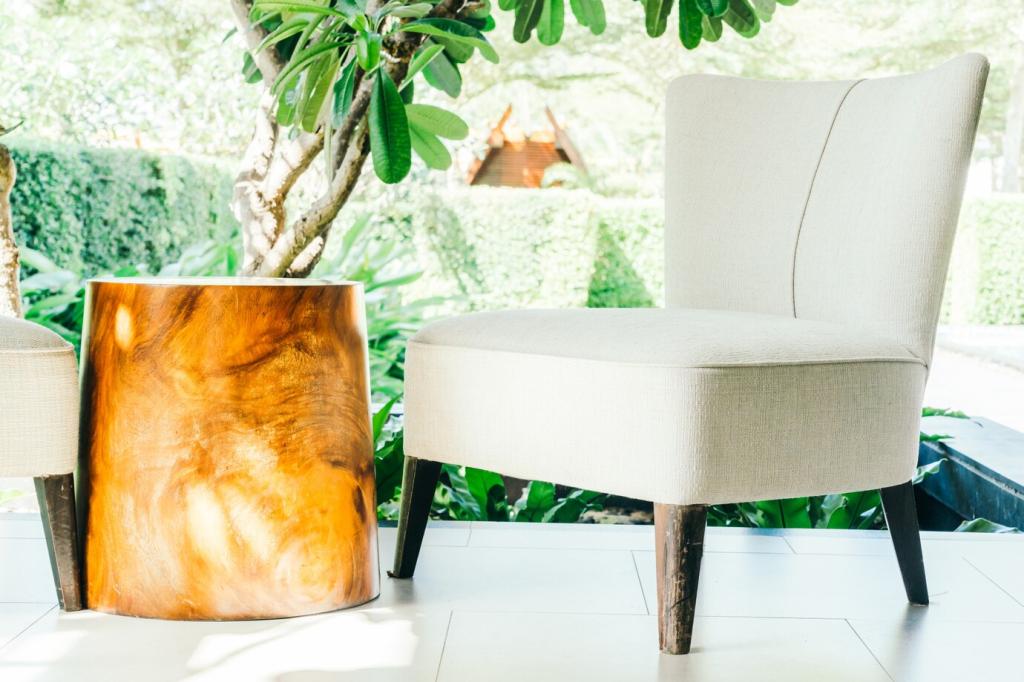

Color, Finish, and the Reality of Wear
Look for low-salt reactive dyes on cellulose and mills with effective effluent treatment. Natural dyes can be beautiful but still require water and mordants. Seek proof of responsible wastewater handling and sludge management.
Fluorinated repellents are effective yet persistent in the environment. Prefer non-fluorinated alternatives for water resistance, and skip unnecessary wrinkle or stain finishes. Comment if you’ve tested PFC-free outerwear in heavy rain.
Spot clean first, wash cold, and air dry to preserve fibers and color. Steam to refresh between wears. Fewer cycles mean fewer microfibers and emissions. Subscribe for our monthly care checklists and fabric-specific tips.
Buying Better on a Real-World Budget
Secondhand, Deadstock, and Remnants
Thrift stores, fabric swaps, and designer deadstock offer quality textiles without new resource extraction. Inspect for fiber content and weave integrity. Share your best finds and we’ll feature reader spotlights in future posts.
Capsule Colors and Versatile Weaves
Pick a palette and stick to it. Durable weaves like twill and canvas withstand frequent wear, reducing replacements. Comment with your capsule color trio, and we’ll suggest matching eco-conscious fabric options.
Plan Purchases, Track Impact
Before buying, list intended wears, care needs, and end-of-life options. Track fiber types in a simple spreadsheet. Subscribe to download our free impact tracker template designed for fabric-conscious wardrobes.
